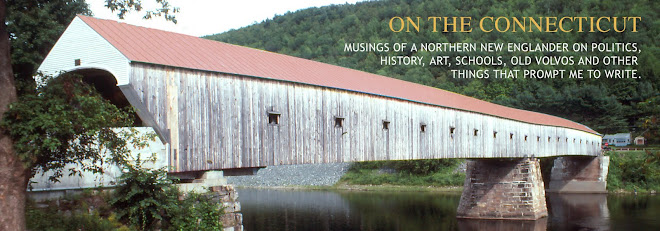I’ve been a car guy ever since I can remember. One of my earliest recollections is riding my tricycle on the sidewalk out to the corner of Main and Faxon Street in Nashua when I visited my grandmother. I’d sit there and try to name every car make and model that passed by… and I could name most of them.
My favorite toys were cars. I built dozens of plastic model cars, laboring over the paint and finishing touches. I created my own custom cars and hot rods out of parts from different model kits. And I spent many a study hall in Junior High School drawing cars.
At fourteen, I bought a 1932 Ford school bus that had been cut down into a doodlebug. The chassis was shortened so that the rear wheels were right behind the driver’s seat and the body removed from the windshield back. I drove it on the back roads around our house long before I got my drivers license. It was followed over the years by a long string of cars in various stages of modification and deterioration.
My favorite cars were the fastest ones – a 1956 Chevy convertible with a modified later model V8, a 1967 Volvo with a fully modified engine and suspension and a 1984 Volvo Turbo coupe.
While it’s not as fashionable in this green-oriented age, I still like fast cars. I love the sound and feel of a V8-powered car under full throttle acceleration.
I say all this to preface my opinion that the Big Three automakers shouldn’t get a no-strings bailout. I like cars. I just don’t like the way the car companies are run.
Don’t get me wrong. All three are capable of producing some of the best cars in the world.
But in the last fifteen years, they’ve gotten fat and lazy like their high-profit, flagship SUVs. They sold the buying public on a myth that bigger is better, because bigger was more profitable for them. They let both labor and management costs get out of hand because their profit margins were so high.
They fought tooth-and-nail against any government regulation on fuel economy because that would mean investing some of those profits into new technology. They didn’t want anyone tampering with their cash machine.
Let’s face it. For all their climate control, passive restraint, anti-skid and satellite navigation technology, 2008 cars are not that far removed from 1908 cars. Most still use front-mounted, gasoline powered, pollution producing, internal combustion engines. They’re still a very inefficient means of transportation for one or two people. And they’re burning up our finite supply of petroleum and polluting our finite supply of breathable air at alarming rates.
A 2008 Chevy Cobalt gets about 22 mpg city and 30 mpg highway. A 1982 Citation got about the same. So did my 1979 Plymouth Horizon, my 1966 Volkswagen Beetle and my 1958 Volvo. Not much progress there.
American carmakers got trounced by the Japanese in the 1970s because they produced big, inefficient, gas guzzling behemoths — the very same mistake they made again thirty years later. You could see it coming more than five years ago.
Now we have little choice but to help the car companies because they’re such a big a part of our economy that we can’t afford to let them fail. But we must remember that we helped them along by buying their ridiculously oversized and inefficient vehicles. We helped them become big and fat and lazy.
So we must insist that any taxpayer assistance come with strings — lots of strings. They must control labor and management costs, invest in new technology and become responsibly run companies.
If they can’t agree to these kinds of stipulations, we should let court-appointed bankruptcy trustees help them sort things out.
I'm just a gigolo...
-
OK. The truth be told, I guess I was a gigolo at one time.
I wasn't trying to be. But a woman I had sex with paid me for my time. It
started cuz I missed w...


No comments:
Post a Comment